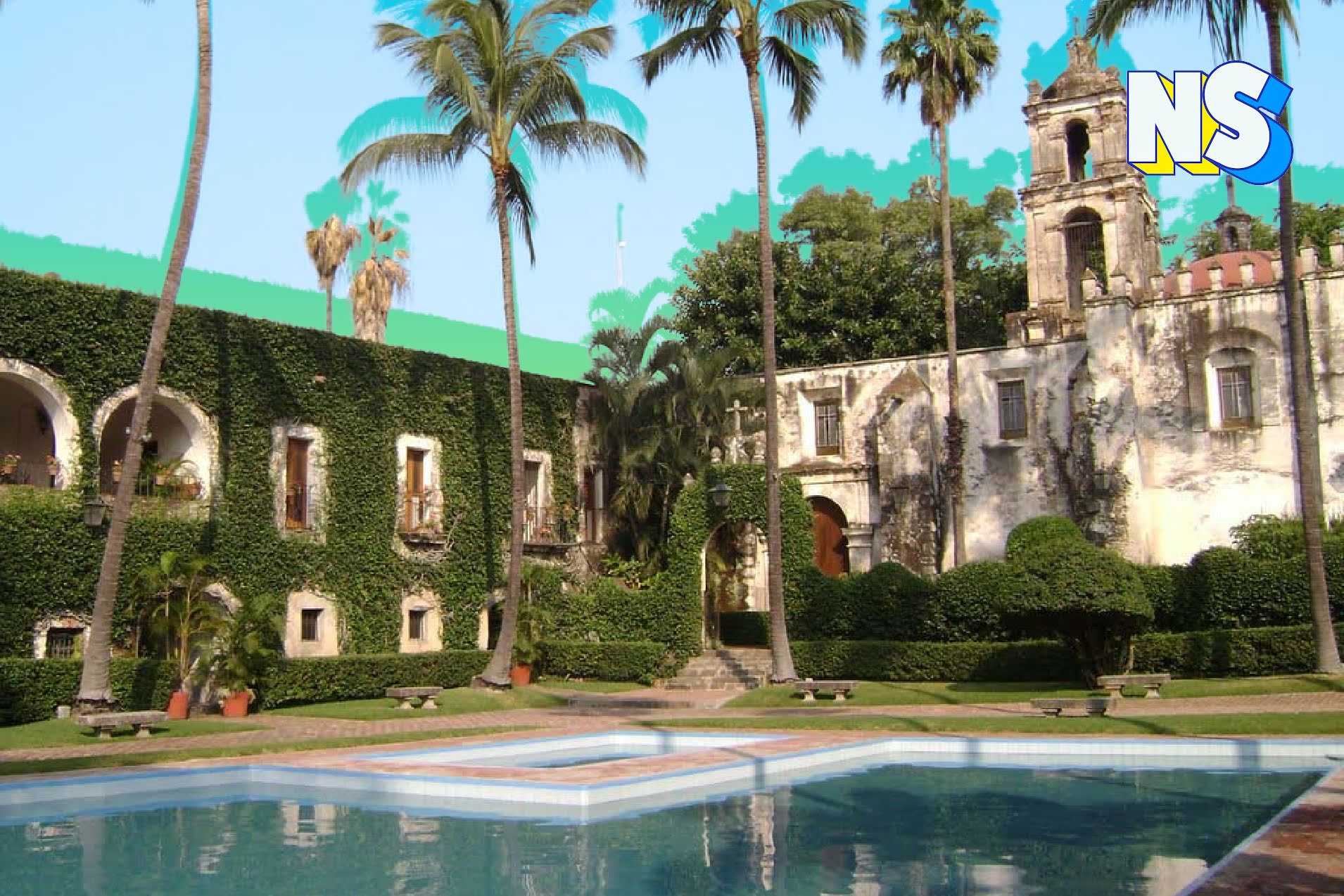Image courtesy of Nuestro Stories.
Mexico’s famous and popular waterpark and lush gardens, Hacienda de Temixco, has been described as pretty with a not-so-pretty past.
Only recently is the truth about this Mexican landmark being revealed: it was a concentration camp for Japanese people living in Mexico during World War II.
From hacienda to concentration camp
In 1617, the Hacienda de Temixco, about 100 km south of Mexico City, began as a sugar mill known as the “Hacienda de Nuestra Señora de la Concepción.” The hacienda grew larger, expanding its land by encroaching on indigenous land.
Centuries later, the site of the Hacienda de Temixco was a military outpost during the Mexican Revolution between 1910 and 1917. The Zapatistas and federal troops used it as a fort and an arms warehouse.
Then, in 1941, when the Japanese attacked the United States Naval Base in Pearl Harbor, during World War II — the United States’ explicitly asked President Manuel Ávila Camacho to concentrate “dangerous citizens” of the Axis countries: Germany, Japan, and Italy. The U.S. and Mexico sited concern that “agents” from Germany, Japan, and Italy would use the Mexican borders and coasts as a base to attack nations in the Americas. The result: the Hacienda was turned into a concentration camp for Mexicans of Japanese decent.
Japanese immigrants, and their descendants, living in the states of Baja California, Sonora, and Sinaloa received the order to move away from their homes at the border and taken to Mexico City and Guadalajara.
In fact, it is believed that, during the war, around 600 Japanese men, women, and children were interned in the Hacienda de Temixco, in wooden houses — one section for families and another for single men — with fields of rice and eggplants planted to eat.
Making sure no one could ever leave, two soldiers were always posted at the concentration camp’s entrance to keep everyone in.
A story no one should forget
What took place at the Hacienda is a story long hidden in Mexico’s history (much like the story of Japanese concentration camps in U.S. history).
One of the survivors, Rosita Urano, once a young girl who lived at the Temixco Hacienda during the war, is just now having her story told.
Rosita, her two siblings, Alejandrina and Filemón, their father, Yashiro Urano, and their mother, María Hernández, were all sent to the concentration camp, making the trip by train. While Yashiro worked, Rosita’s mother, Maria, and the other women prepared the meals and sold fruit-flavored ice cones to the people at the Hacienda. Rosita and her family were never told why they were forced to leave their home.
To this day, Rosita and the Urano family has yet to receive a formal apology from Mexico.





